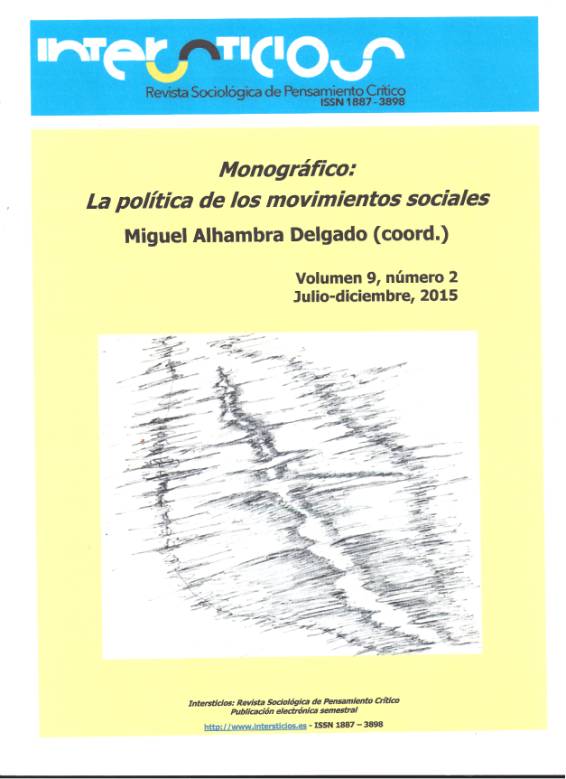Cómo se objetivó un grupo social: los “cuadros” en Francia, 1936-45
Palabras clave:
cuadros, objetivación, grupos sociales, clases medias, representaciones / cadres, objectification, social groups, middle classes, representationsResumen
La categoría de los “cuadros” (cadres) plantea un problema particular a la sociología: el de su existencia misma. Frente a las concepciones sustancialistas y naturalistas de los grupos sociales, que centran sus análisis en los criterios “objetivos” de delimitación de los grupos y en sus determinaciones externas, el texto analiza la formación de los “cuadros” a partir del trabajo social de definición y delimitación que contribuyó, objetivándolo, a hacerlo existir como algo evidente. Para ello, estudia la coyuntura histórica en la que el grupo se constituyó. La categoría aparece en los años 30 en Francia, en el seno de las luchas sociales y políticas que acompañan a la reconversión de la burguesía y la pequeña burguesía tradicionales (como “clases medias” o “Tercer Partido”). Pero no será hasta después de la Segunda Guerra Mundial cuando alcance un reconocimiento oficial, se enraíce en las instituciones, tome conciencia de su propia existencia y se realice plenamente. Title: How a social group objectified itselt: "Cadres" in France 1936-1945 Abstract: The “cadre” category poses a particular problem for sociology: that of its very existence. Against substantialist and naturalistic conceptions of social groups, which focus on the “objective” criteria whereby the group must be defined or in its external determinations, this paper analyses the formation of the “cadres” focusing on the social effort of definition and delimitation which, by objectifying it, helped it to achieve existence as something taken for granted. For this, it studies the historical conjuncture in which the group constituted itself. The category appeared in the 1930s in France, within the social and political struggles which accompanied the reconversion of traditional bourgeoisie and petite bourgeoisie (as “middle classes” or “Third Party”). But it is after the Second World War when it achieved official recognition, became rooted in institutions, became aware of its own existence and thus achieved full reality.Descargas
Publicado
2015-07-27
Número
Sección
MONOGRÁFICO
Licencia
Los/as autores/as mantienen el @copyright, concediendo a la revista el derecho de primera publicación.








